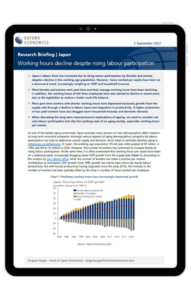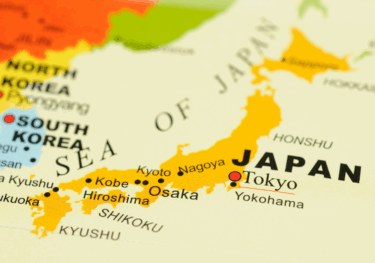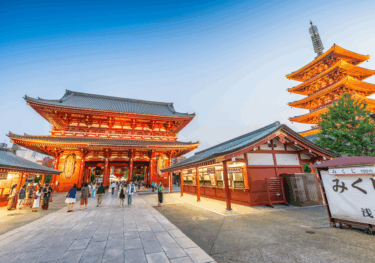Working hours decline despite rising labour participation in Japan
 Japan’s labour force has increased due to rising labour participation by females and seniors, despite a decline in the working-age population. However, hours worked per capita have been on a downward trend, increasingly weighing on GDP and household incomes.
Japan’s labour force has increased due to rising labour participation by females and seniors, despite a decline in the working-age population. However, hours worked per capita have been on a downward trend, increasingly weighing on GDP and household incomes.
What you will learn:
- Most females and seniors work part-time and their average working hours have been declining. In addition, the working hours of full-time employees have also started to decline in recent years due to the legislation to restore a better work-life balance.
- More part-time workers with shorter working hours have depressed economic growth from the supply side through a decline in labour input and stagnation in productivity. A higher proportion of low-paid workers have also dragged down household incomes and domestic demand.
- When discussing the long-term macroeconomic implications of ageing, we need to consider not only labour participation but also the working style of an aging society, especially working hours per worker.
Tags:
Related posts

Post
Tariffs and Politics Leave the BoJ Powerless in Japan
The Bank of Japan kept its policy rate at 0.5% at its July meeting. We continue to think the BoJ will exercise caution on rate hikes despite still-high inflation and a recent trade deal with the US.
Find Out More
Post
US-Japan Trade Deal Fails to Shift Japan’s Growth Outlook
We estimate that the US's effective tariff rate on Japanese products is around 17%, in line with our baseline assumption. Lower tariffs on autos are a positive, given the sector's significant contribution to the economy and its broad domestic supporting base
Find Out More
Post
Japan’s Rising Political Instability Will Undermine Fiscal Discipline
The ruling Liberal Democratic party (LDP) and its partner Komeito lost their majority in Japan's upper house elections on July 20. Although Prime Minister Shigeru Ishiba will likely stay to avoid political gridlock, especially to complete tariff negotiations with the US, the political situation has become fluid and could lead to a leadership change or the reshuffling of the coalition.
Find Out More